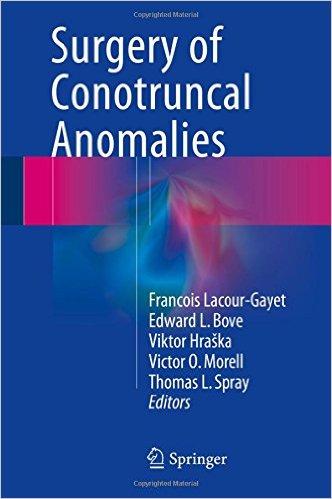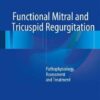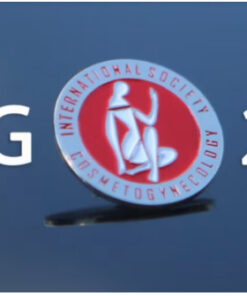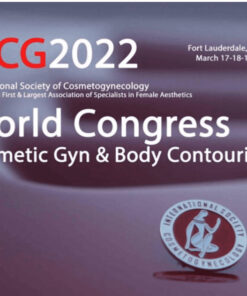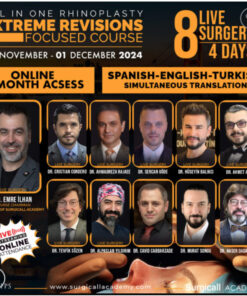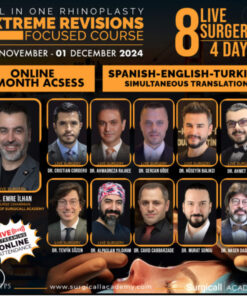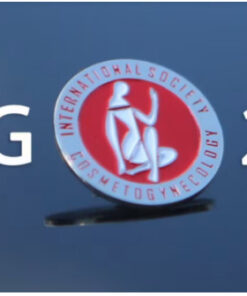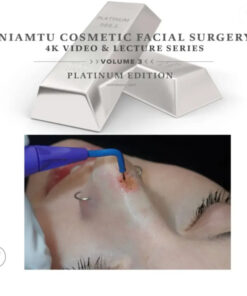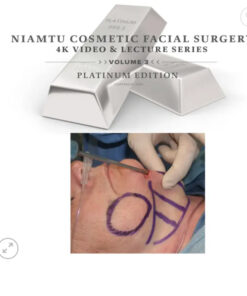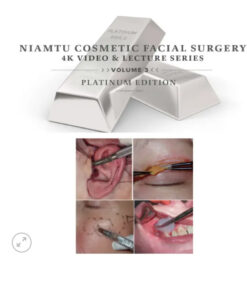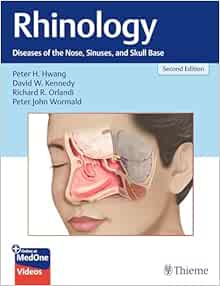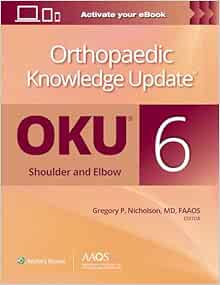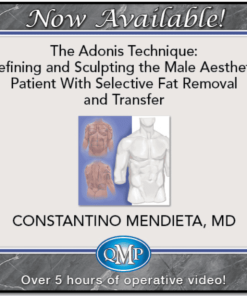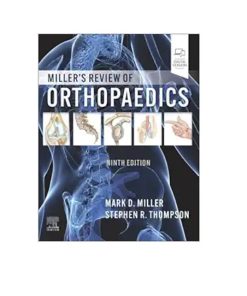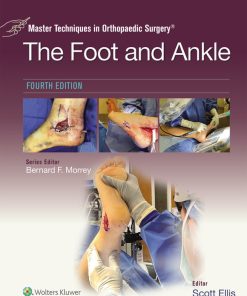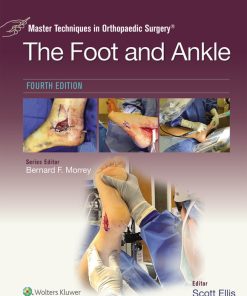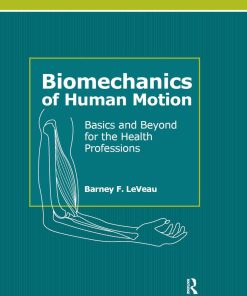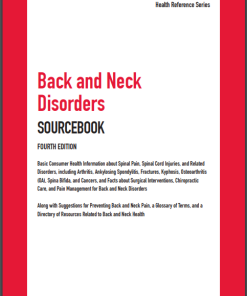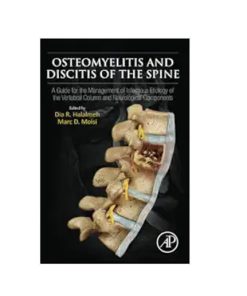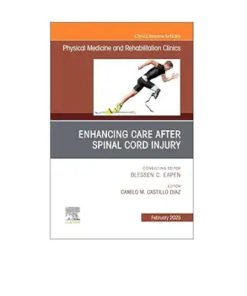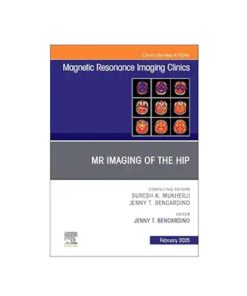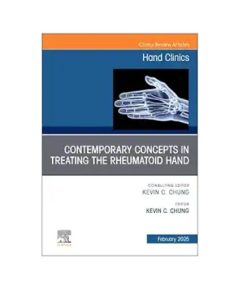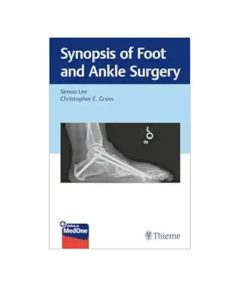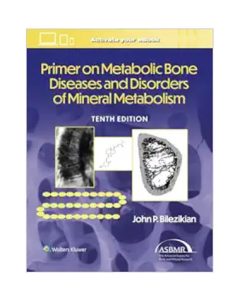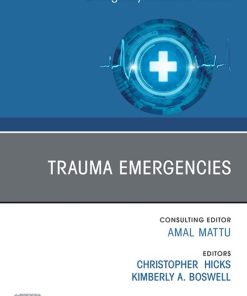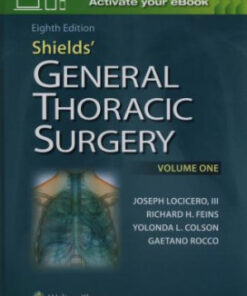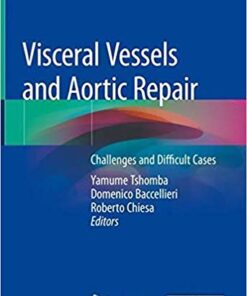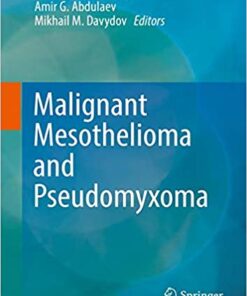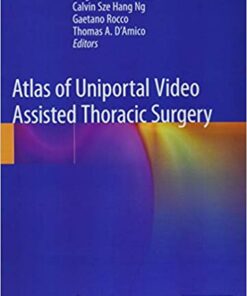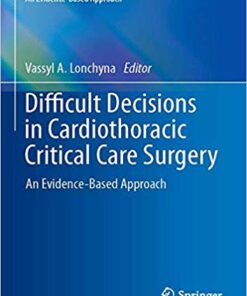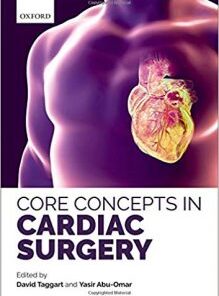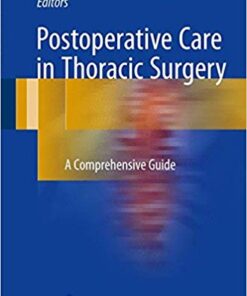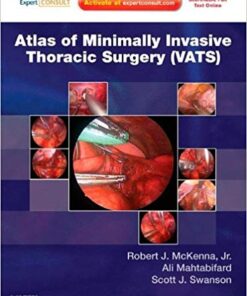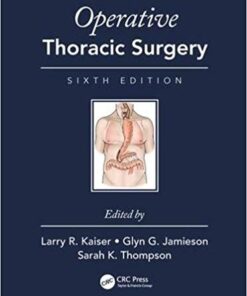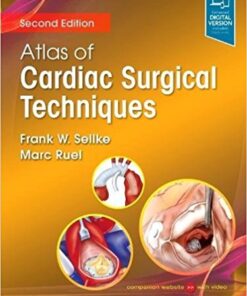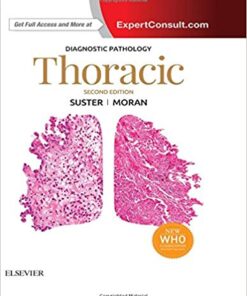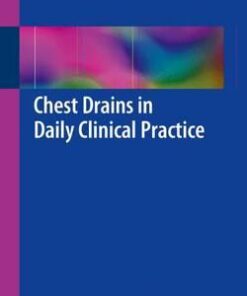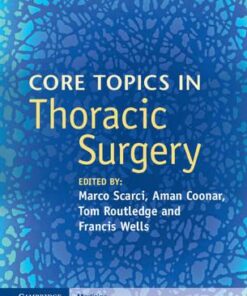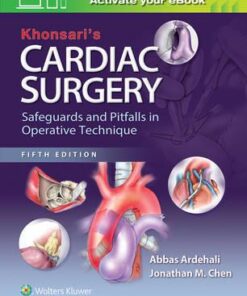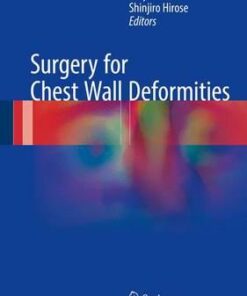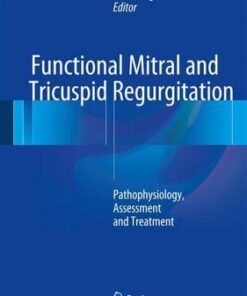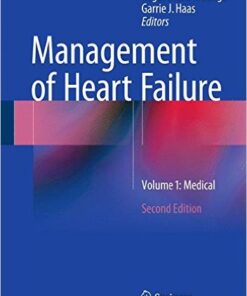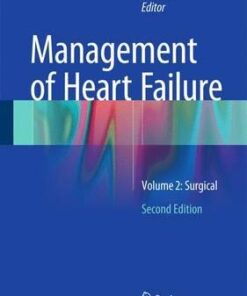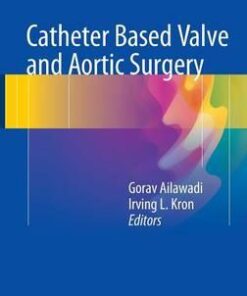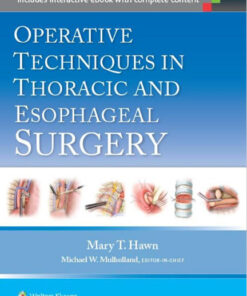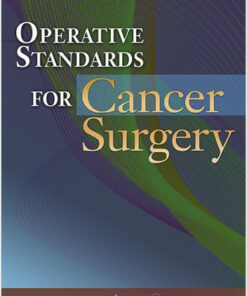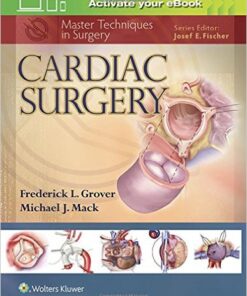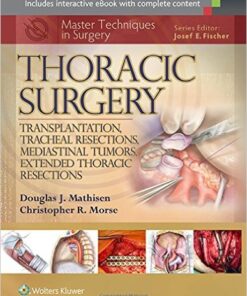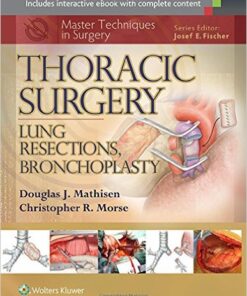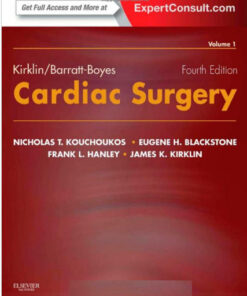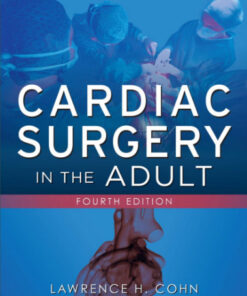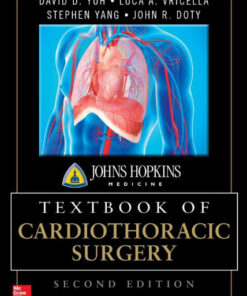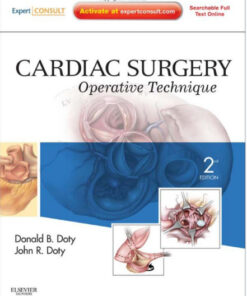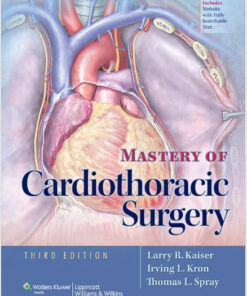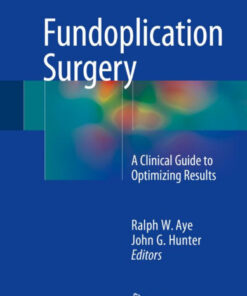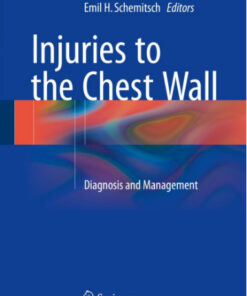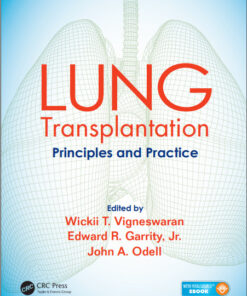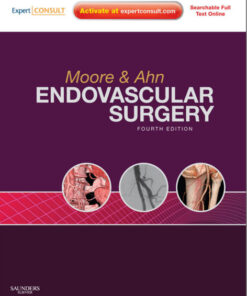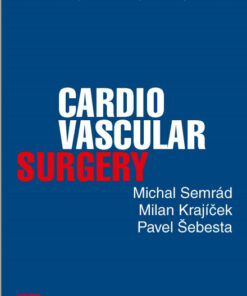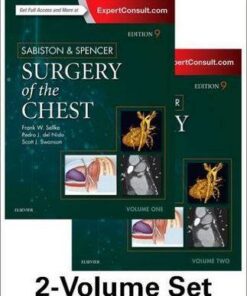- : 627 pages
- Publisher: Springer; 1st ed. 2016 edition (March 30, 2016)
- Language: English
-
Type : PDF
Payment method: Visa or master card (paypal)
Once the payment is completed, receive the download link in the email
Surgery of Cono-Truncal Anomalies 2016
This book addresses the most technically demanding but life-changing techniques in the treatment of conotruncal heart defects, as many repairs are performed on small infants. Each chapter reviews surgical anatomy (the anatomical classification that the surgeon is using), preoperative evaluation (the surgeon’s check list before doing the surgery), and surgical techniques (clear drawings and videos, minimal text). It is an essential reference book for newly qualified surgeons when performing these complex cases. Conotruncal heart defects (CTHDs) are a group of complex congenital anomalies of the cardiovascular system that are a major cause of symptomatic cardiac disease at birth. They may account for up to 30% of all congenital cardiac anomalies. In many instances, patients with CTHD are symptomatic in the first days or weeks of life, with severe cyanosis or heart failure, requiring surgery in the neonatal period or in infancy. Most CHTD are today diagnosed in utero by fetal ultrasound.
CHTDs are usually defined as malformations of the cardiac outflow tracts and presumably result in disturbance in the development of the cono-truncal apparatus of the embryonic heart, as well as of the primitive aortic arches. CTHDs include the following: truncus arteriosus, tetralogy of Fallot, double outlet right (or left) ventricle, transposition of the arteries, corrected transposition of the great arteries, interrupted aortic arch. The outcomes of CHTD surgery has considerably improved in the past 20 years, with quite fascinating innovations.
Product Details
Related Products
PLASTIC & RECONSTRUCTIVE SURGERY
PLASTIC & RECONSTRUCTIVE SURGERY
PLASTIC & RECONSTRUCTIVE SURGERY
ISCG 2022 Cosmetic Gyn & Body Contouring 3-Day World Congress
PLASTIC & RECONSTRUCTIVE SURGERY
PLASTIC & RECONSTRUCTIVE SURGERY
PLASTIC & RECONSTRUCTIVE SURGERY
PLASTIC & RECONSTRUCTIVE SURGERY
PLASTIC & RECONSTRUCTIVE SURGERY
ISCG 2024 Cosmetic Gyn & Body Contouring 3-Day World Congress
PLASTIC & RECONSTRUCTIVE SURGERY
PLASTIC & RECONSTRUCTIVE SURGERY
PLASTIC & RECONSTRUCTIVE SURGERY
uma-institute attractiveness: female beautification & feminization
PLASTIC & RECONSTRUCTIVE SURGERY
uma-institute advanced filler techniques combining CaHA, HA and hybrid fillers
PLASTIC & RECONSTRUCTIVE SURGERY
PLASTIC & RECONSTRUCTIVE SURGERY
PLASTIC & RECONSTRUCTIVE SURGERY
PLASTIC & RECONSTRUCTIVE SURGERY
Niamtu Cosmetic Surgery Platinum Deluxe Full Series Compilation
PLASTIC & RECONSTRUCTIVE SURGERY
Rhinology: Diseases of the Nose, Sinuses, and Skull Base 2e (Original PDF from Publisher+Videos)
ORTHOPAEDICS SURGERY
PLASTIC & RECONSTRUCTIVE SURGERY
STRUCTURE RHINOPLASTY: Lessons Learned in 30 Years by Dean Toriumi 3-Volumes 2019
PLASTIC & RECONSTRUCTIVE SURGERY
Advanced aesthetic blepharoplasty, midface and face contouring videos course (live surgery)
ORTHOPAEDICS SURGERY
PLASTIC & RECONSTRUCTIVE SURGERY
Grabb and Smith’s Plastic Surgery, 9th edition (Videos Only)
PLASTIC & RECONSTRUCTIVE SURGERY
Grabb and Smith’s Plastic Surgery, 9th edition (EPUB + Converted PDF)
PLASTIC & RECONSTRUCTIVE SURGERY
ORTHOPAEDICS SURGERY
ORTHOPAEDICS SURGERY
Master Techniques in Orthopaedic Surgery: The Foot and Ankle, 4th Edition (Videos)
ORTHOPAEDICS SURGERY
Master Techniques in Orthopaedic Surgery: The Foot and Ankle, 4th Edition EPUB
ORTHOPAEDICS SURGERY
ORTHOPAEDICS SURGERY
Synopsis of Foot and Ankle Surgery (Original PDF from Publisher)
ORTHOPAEDICS SURGERY
Orthopaedic Knowledge Update®: Musculoskeletal Tumors 5 (EPUB)
ORTHOPAEDICS SURGERY
Primer on the Metabolic Bone Diseases and Disorders of Mineral Metabolism, 10th edition (EPUB)
PLASTIC & RECONSTRUCTIVE SURGERY
LIPS FOR KISS The Diamond Pack – THE ULTIMATE AESTHETIC MASTERY COLLECTION
PLASTIC & RECONSTRUCTIVE SURGERY
PLASTIC & RECONSTRUCTIVE SURGERY
Surgery Ebooks
THORACIC SURGERY
THORACIC SURGERY
THORACIC SURGERY
THORACIC SURGERY
THORACIC SURGERY
THORACIC SURGERY
Patient Blood Management in Cardiac Surgery 1st ed. 2019 Edition PDF
THORACIC SURGERY
Malignant Mesothelioma and Pseudomyxoma 1st ed. 2019 Edition PDF
THORACIC SURGERY
Theory and Applications of Heat Transfer in Humans 1st Edition PDF
THORACIC SURGERY
THORACIC SURGERY
THORACIC SURGERY
Fundamentals of Pediatric Minimally Invasive Cardiac Surgery PDF
THORACIC SURGERY
THORACIC SURGERY
THORACIC SURGERY
THORACIC SURGERY
THORACIC SURGERY
THORACIC SURGERY
THORACIC SURGERY
Chest Drains in Daily Clinical Practice 1st ed. 2017 Edition
THORACIC SURGERY
THORACIC SURGERY
THORACIC SURGERY
Management of Heart Failure: Volume 1: Medical 2nd ed. 2015 Edition
THORACIC SURGERY
Management of Heart Failure 2016: Volume 2 : Surgical, 2nd Edition
THORACIC SURGERY
THORACIC SURGERY
THORACIC SURGERY
Kirklin/Barratt-Boyes Cardiac Surgery (2 vol. Set)) 4th Edition
THORACIC SURGERY
THORACIC SURGERY
THORACIC SURGERY
THORACIC SURGERY
THORACIC SURGERY
THORACIC SURGERY

